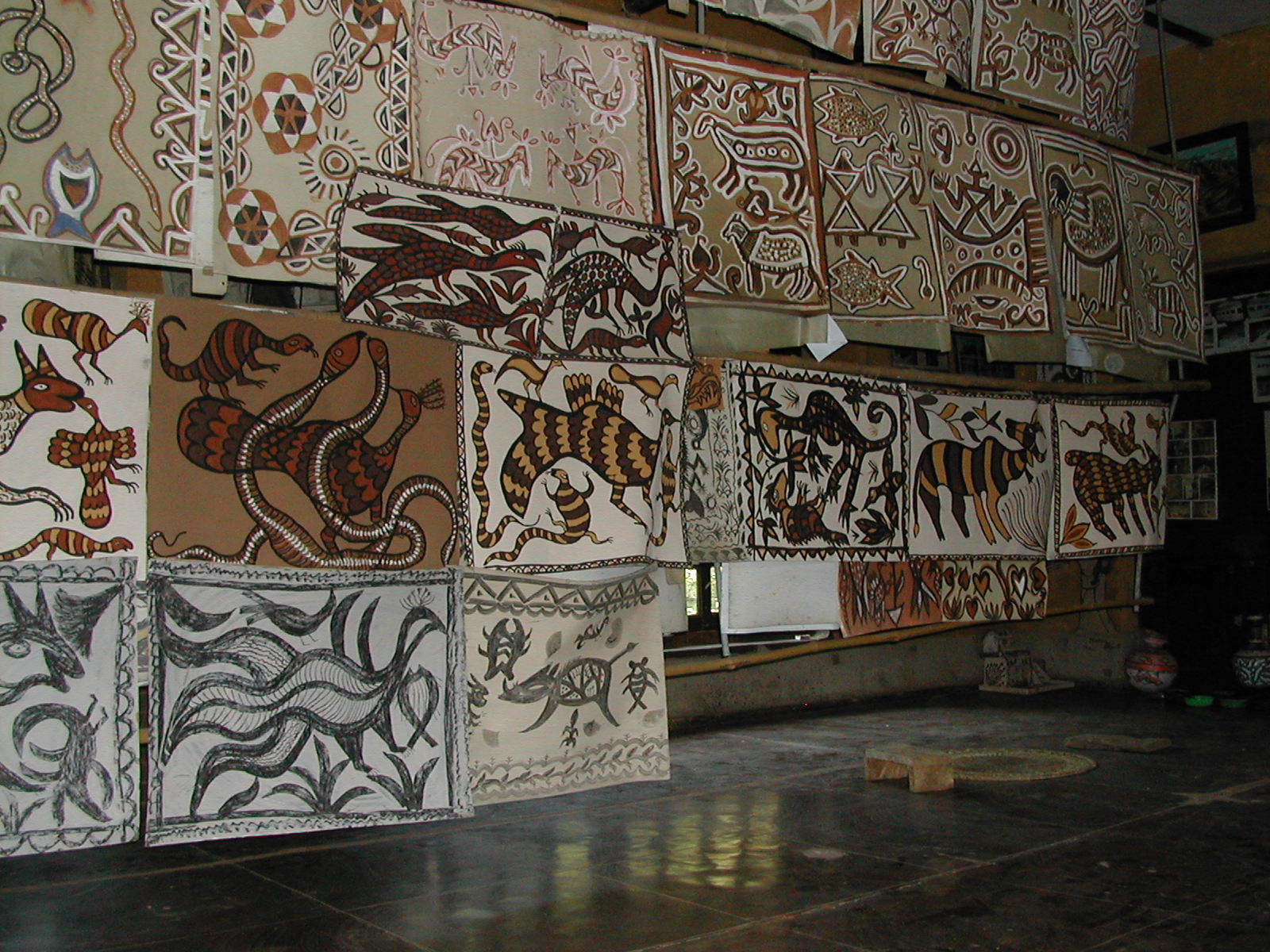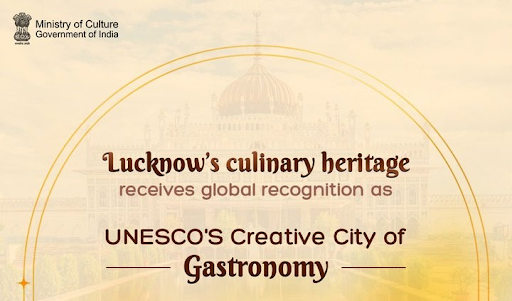Description

Disclaimer: Copyright infringement not intended.
Context
Remote Bengal village to begin New Year with workshop on ancient indigenous art.
Details
- Sohrai painting is practiced by indigenous communities, particularly in the States of Jharkhand, Bihar, Odisha, and West Bengal, but it is the region of Hazaribagh in Jharkhand that has received the GI tag for this art form.
- It is the art of the women of the Kurmi, Santal, Munda, Oraon, Agaria, Ghatwal tribes.
- Sohrai paintings are distinctive for their vibrant colours, intricate patterns, and symbolic motifs; and there is a Sohrai festival held every year, marking the harvesting season and the arrival of winter.
Historical Context
- Paleolithic Origin:
- Dating back to 7000-4000 BC, cave paintings in the Hazaribagh district bear resemblance to the motifs used in Sohrai and Khovar paintings.
- These traditional art forms are believed to have roots in the practices of the ancestors, showcasing similar animal and floral patterns.
- Festival Connection:
- Sohrai painting is associated with the Sohrai festival, occurring post-Diwali, while Khovar painting is linked to marriage rituals and harvest season celebration.
- Both art forms are deeply connected to indigenous festivals, reflecting cultural beliefs and traditions.

Characteristics
Sohrai Painting:
- Matrilineal Passing of Skill: Skills and techniques of Sohrai painting are passed down from mothers to daughters, portraying pregnant figures, nurturing animals, and symbols of fertility.
- Symbolism: Red lines symbolize ancestral blood, black lines represent Shiva or eternal death, and white lines depict food, emphasizing the harvest festival theme.
Khovar Painting:
- Matriarchal Tradition: Passed down from mothers to daughters, Khovar paintings are created in the bride's room.
- Symbolism: Themes revolve around fertility and marital relationships, depicted through motifs like bamboo, elephants, turtles, peacocks, lotuses, and other flowers.
- Sacred Significance: The art made in the bride's room signifies fertility, and the couple spends their first night surrounded by these painted motifs.
Creation Process
- Surface Preparation:
- Coating the surface with a mixture of soil and dung, followed by a layer of white clay.
- Artistic Process:
- Sohrai: Red lines (ancestors/fertility), black lines (Shiva/eternal death), and white lines (food/harvest).
- Khovar: Depicts the womb (black earth), sperm (white clay), and uses combs to form motifs symbolizing fertility and the sacredness of marriage.
Present Scenario
- Efforts by Bulu Imam and institutions like the Sanskriti Museum & Art Gallery have helped popularize these art forms since the 1990s.
- Sohrai-Khovar received the Geographical Indication tag in 2020.
- The Jharkhand government's initiative to incorporate Sohrai paintings on trains and government housing showcases efforts to promote and preserve indigenous art forms.

Conclusion
The recognition and preservation of Sohrai and Khovar paintings not only honor the indigenous heritage of Jharkhand but also serve as a testament to the artistic legacy passed down through generations, enriching the cultural fabric of the region.
|
PRACTICE QUESTION
Q. Which of the following statements is/are correct?
I. Sohrai paintings primarily portray deities and mythological tales, while Khovar paintings focus on daily life scenes.
II. Sohrai and Khovar paintings have strong matriarchal roots and are passed down from mothers to daughters.
III. These paintings are traditionally created on mud walls and are associated with harvest festivals and marriage rituals.
Options:
A) Statements I and II
B) Statements II and III
C) Statements I and III
D) All of the above
Correct Answer: B)
|















